I recently shared a post about a Garden Safari that I went on, at some point last week. I spoke about the joys of sitting in the sun watching the wildlife around me, but the exciting part was how I found a new species of Hoverfly that I had not seen in the garden before. It was really cool to see, and takes the Species Count of the Garden up to an amazing 849 species.
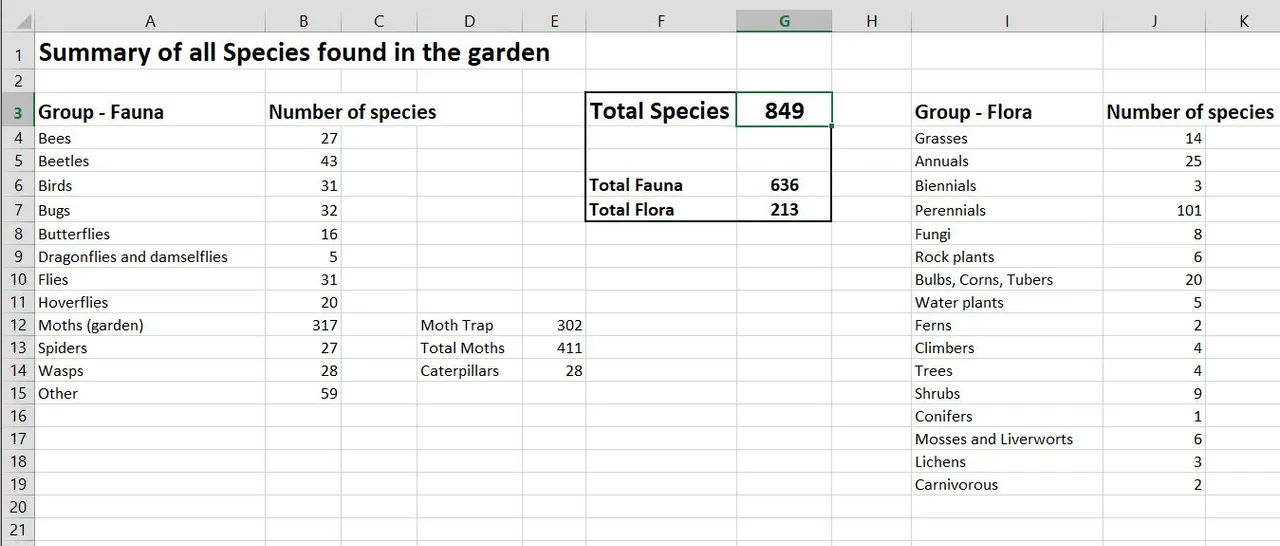
I have written about creating a List of Species in a previous post, but I thought it would be worth the effort to go through it properly and show just how much variety of invertebrates and birds and plants and all sorts of other animals there are to see in the garden.
A few points before we begin:
- I only include species to the list that I am sure of (or had verification from an expert)
- Not all 800 odd species are present in the garden at any one time (obviously) The vast majority are only present for a short amount of time, or even just briefly passing through the area.
- My work (project, hobby, whatever you want to call it) is inspired by a book written by Jennifer Owen Wildlife of a Garden: A Thirty Year Study. The book tells how she spent all her spare time in her garden documenting everything she could see.
Introduction done: lets get to it!
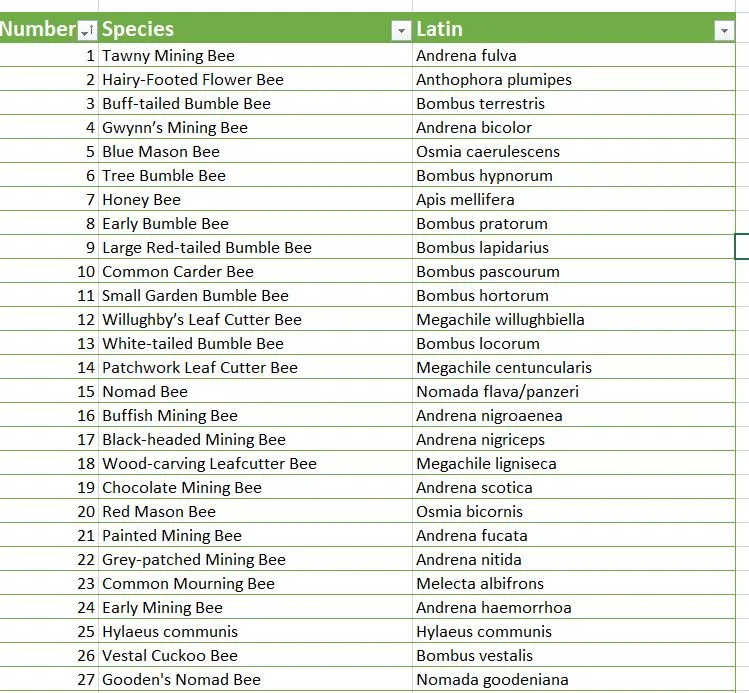
Bees (Aculeata) - 27 species
Bees are a good place to start. Before I took an interest in nature I thought that there were only 2 types of Bee: the Honey Bee (Apis melifera) and Bumble Bees (Bombus species). It turns out there is a whole load of Solitary Bees that I wasn't even aware of!

Orange-tipped Mining Bee - Andrena haemorrhoa
Social Bees (Honey Bee and Bumble Bee's) live in a nest and have a queen and workers in the same way Ants do. Solitary Bees are different. Each female creates a separate 'nest' from other females. Some of them burrow in the soil like the Mining Bee pictured above, and others use holes in wood or rocks such as the Hairy-Footed Flower Bee pictured below.
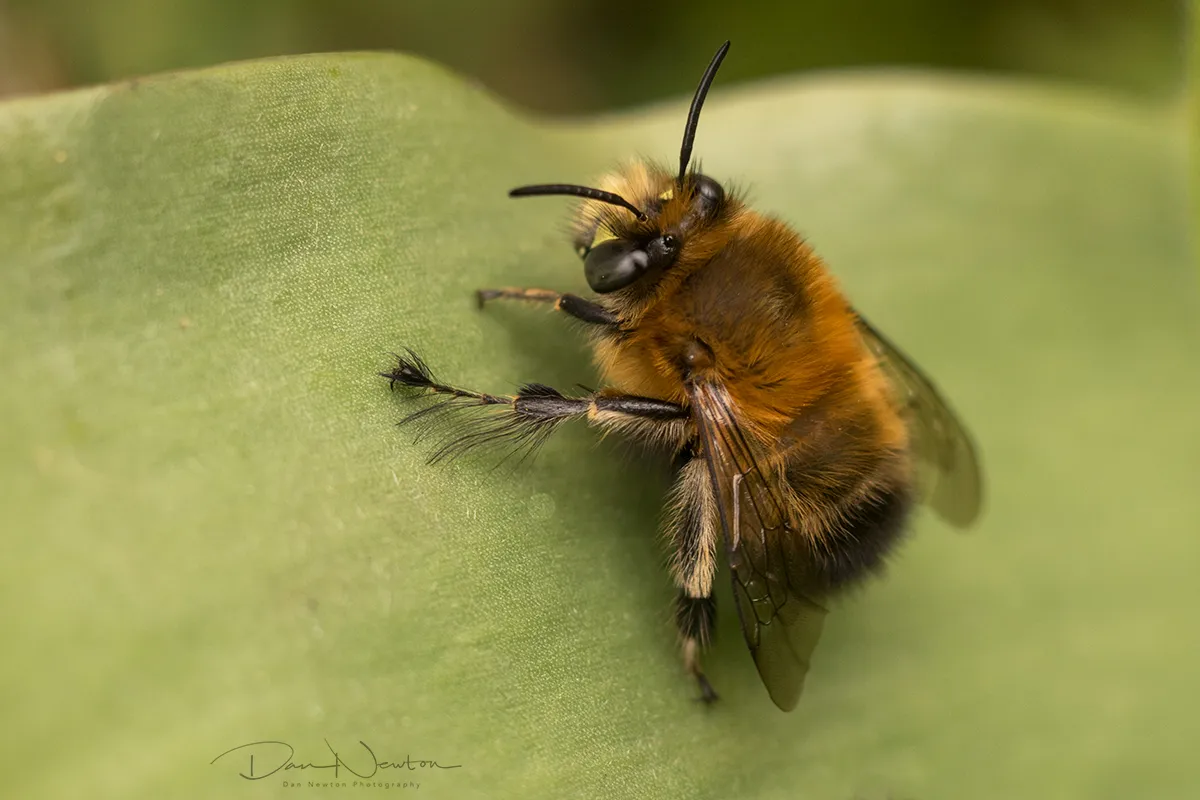
Hairy-footed Flower Bee - Anthophora plumipes
This is a male, and you can see the long hairs on its lower leg which give it it's name. This species is one of the first to appear in Spring, and always bring a smile to my face when I see them. The female lacks the hairy feet, and is completely black in colour, and after she has mated with the male, she will work on her own to find a hole to nest in, and find food for the young.
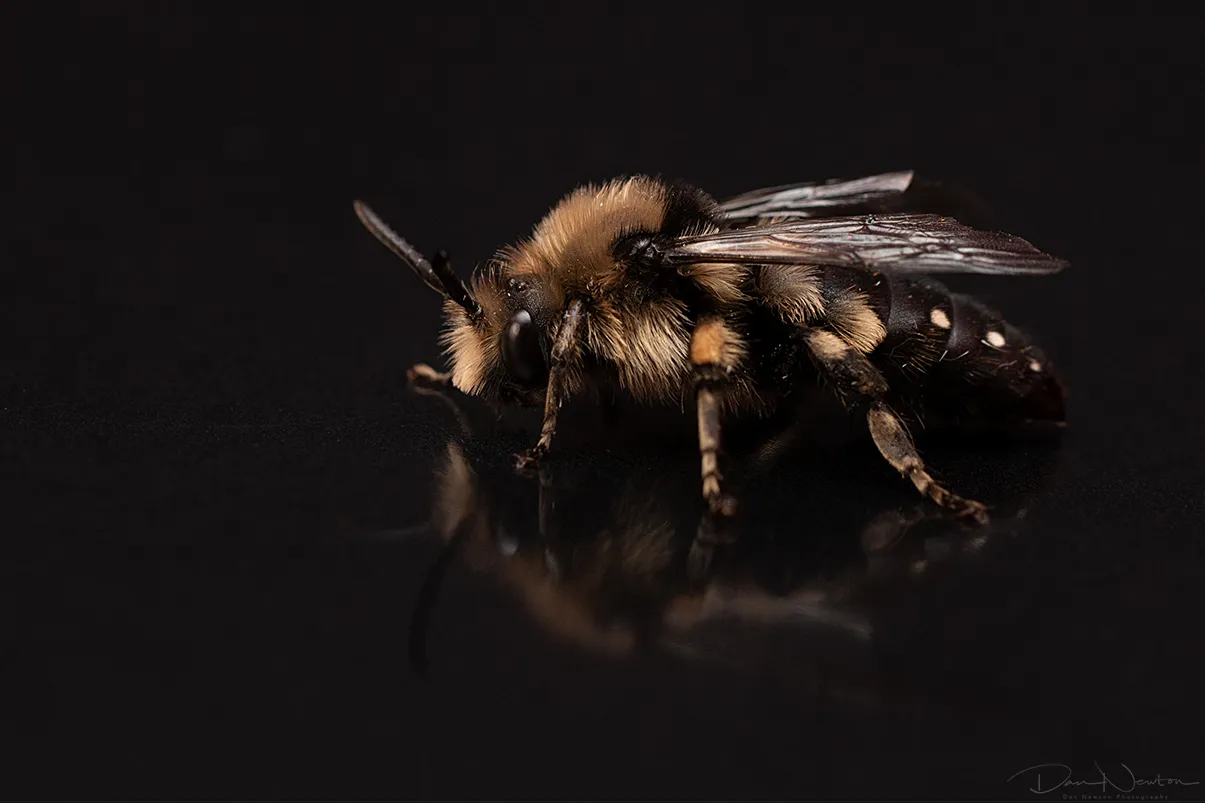
Melecta albifrons
If you thought all bees are 'cute and fluffy' then you are wrong.
Introducing Melecta albifrons. This is a cleptoparasite of the Anthophora plumipes species. Cleptoparistism refers to when a host lays an egg in another species's nest. The resulting larvae then feeds on the food originally found for the first egg. Its a type of behaviour similar to the Cuckoo (the bird lays its eggs in the nests of other birds). In this way the Melecta albifrons avoids having to waste time/energy finding food for its own larvae. There are a surprising number of 'cuckoo' bees so this is evidently a common and successful strategy.
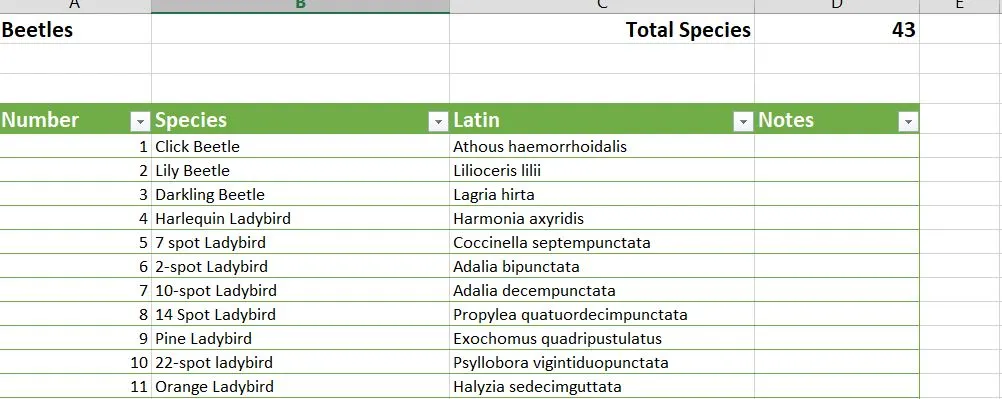
Beetles (Coleoptera) - 43 Species
Next we move onto Beetles. The Coleoptera Order is one of the most numerous and diverse groups of animals on the planet. The latin name refers to the hard wing cases that protect the wings when they are nott being used. It is theses wing cases that help create a huge variety of colours and shapes that make the Beetles a fascinating area of study
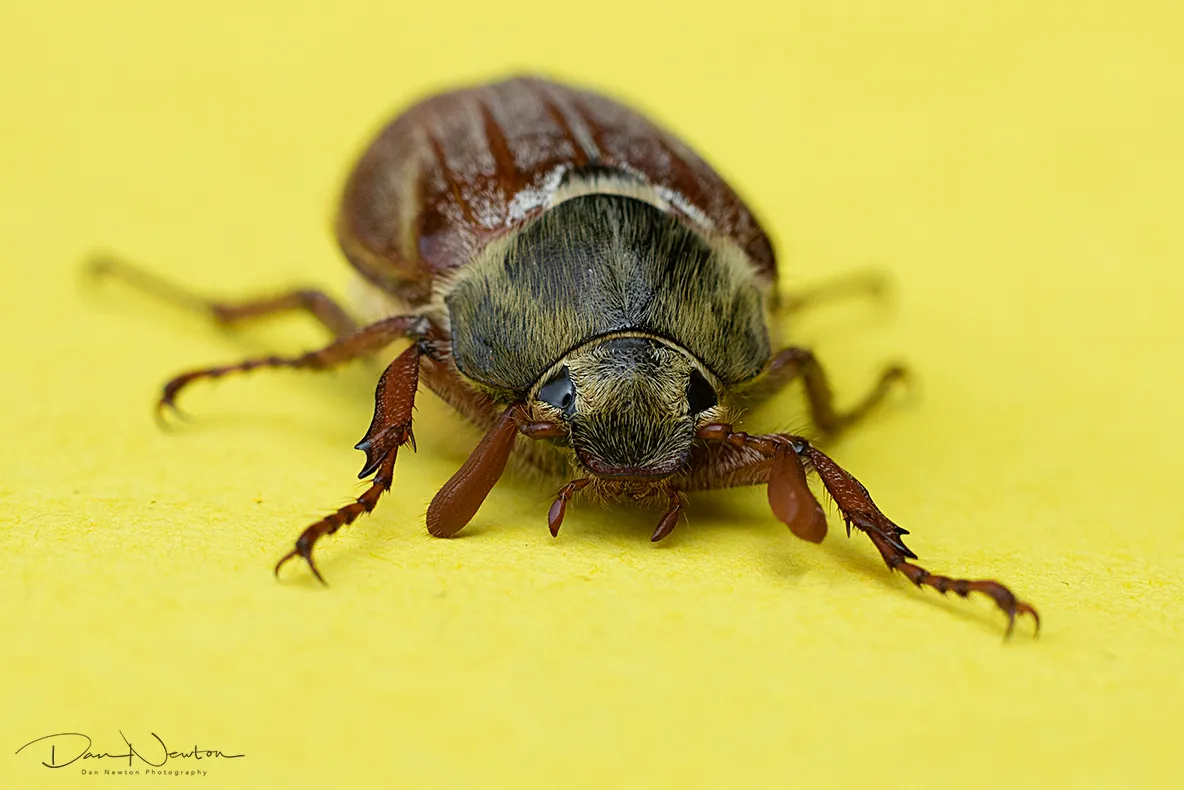
Common Cockchafer - Melolontha melolontha
These chunky Beetles are often called 'May Bugs' as they usually appear as adults in late Spring (April or May) and are attracted to lights. I often find them while Moth Trapping, and they border on being a nuisance. They are so large and bulky that they are really clumsy fliers and have a habit of bumbling around and scaring my moths away!
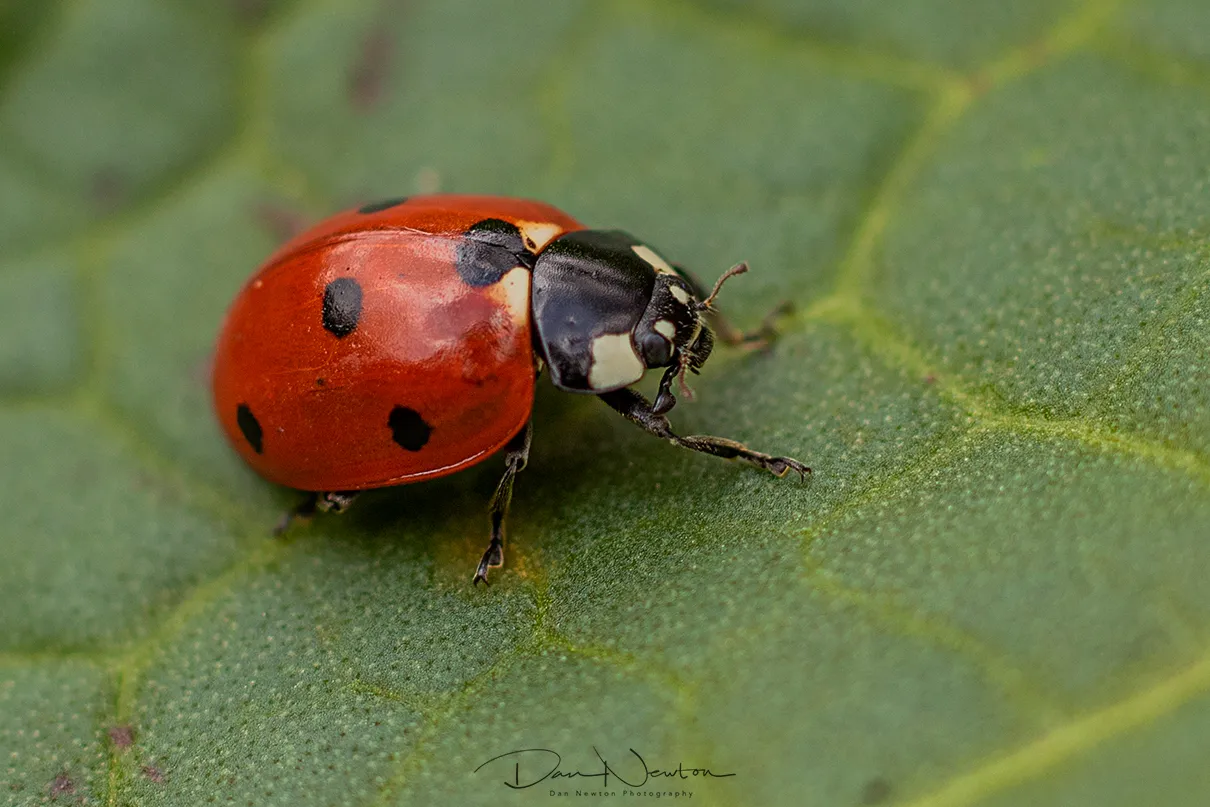
7-Spot Ladybird - Coccinella septempunctata
Another common Beetle is this Ladybird. Often referred to as a Gardeners Friend, this little Beetle is a tiny and efficient little predator of Aphids. So much so, that the 7-spot Ladybird has actually been introduced to North America as Biological Control
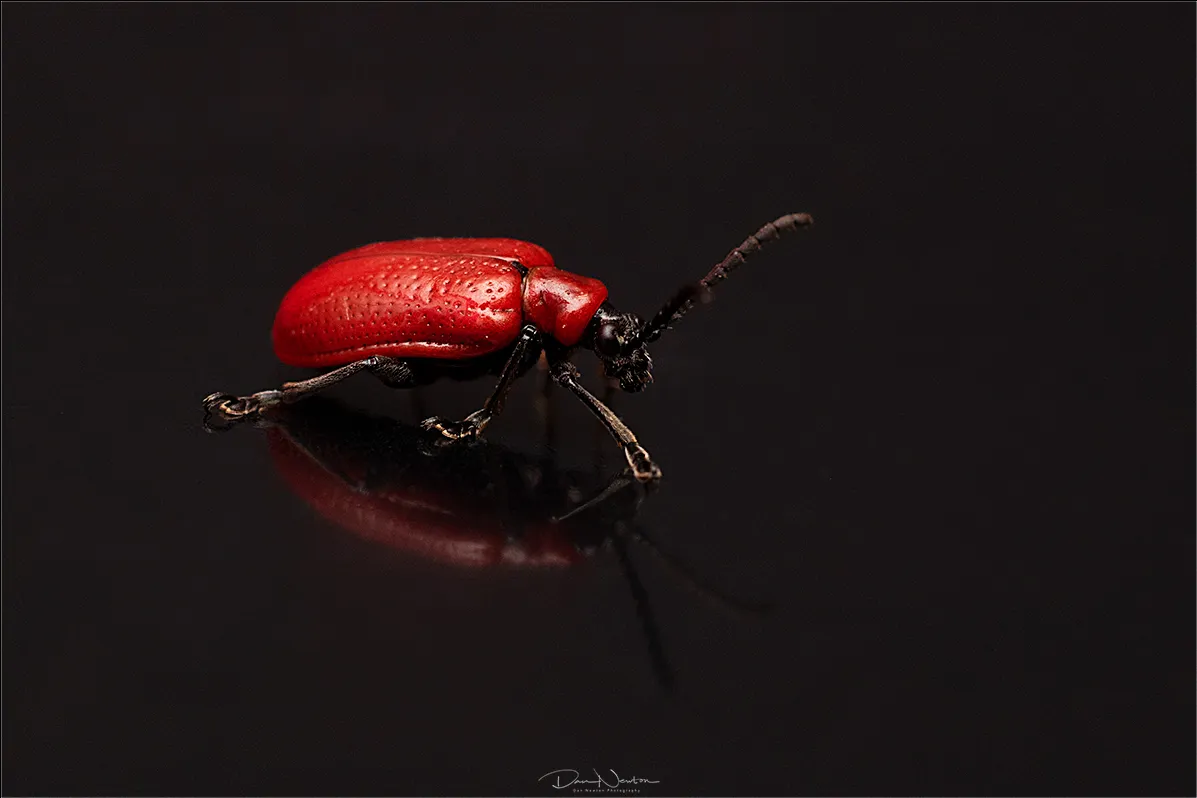
Scarlet Lily Beetle - Lilioceris lilii
Unfortunately not all Beetles are equally loved or appreciated. Some Beetles feed on other insects and some feed only on plants. This Lily Beetle, as its name suggests, feeds on several types of Lily's. And they do so efficiently and overwhelmingly (by both Adults and Larvae)that they are loathed by gardeners everywhere. Such as shame really as they are beautiful insects.
I think thats enough for now. There is a lot of information to absorb and I don't want to over do it (or bore you to death!) so I will save the rest for another time
Hopefully you can see that this is a project that I am really interested in. As usual if you have any comments or questions then please write them below
Next week I will continue with the different species of Birds and Bugs I have seen in the garden...
All images by @dannewton
All names confirmed and checked via Wikispieces